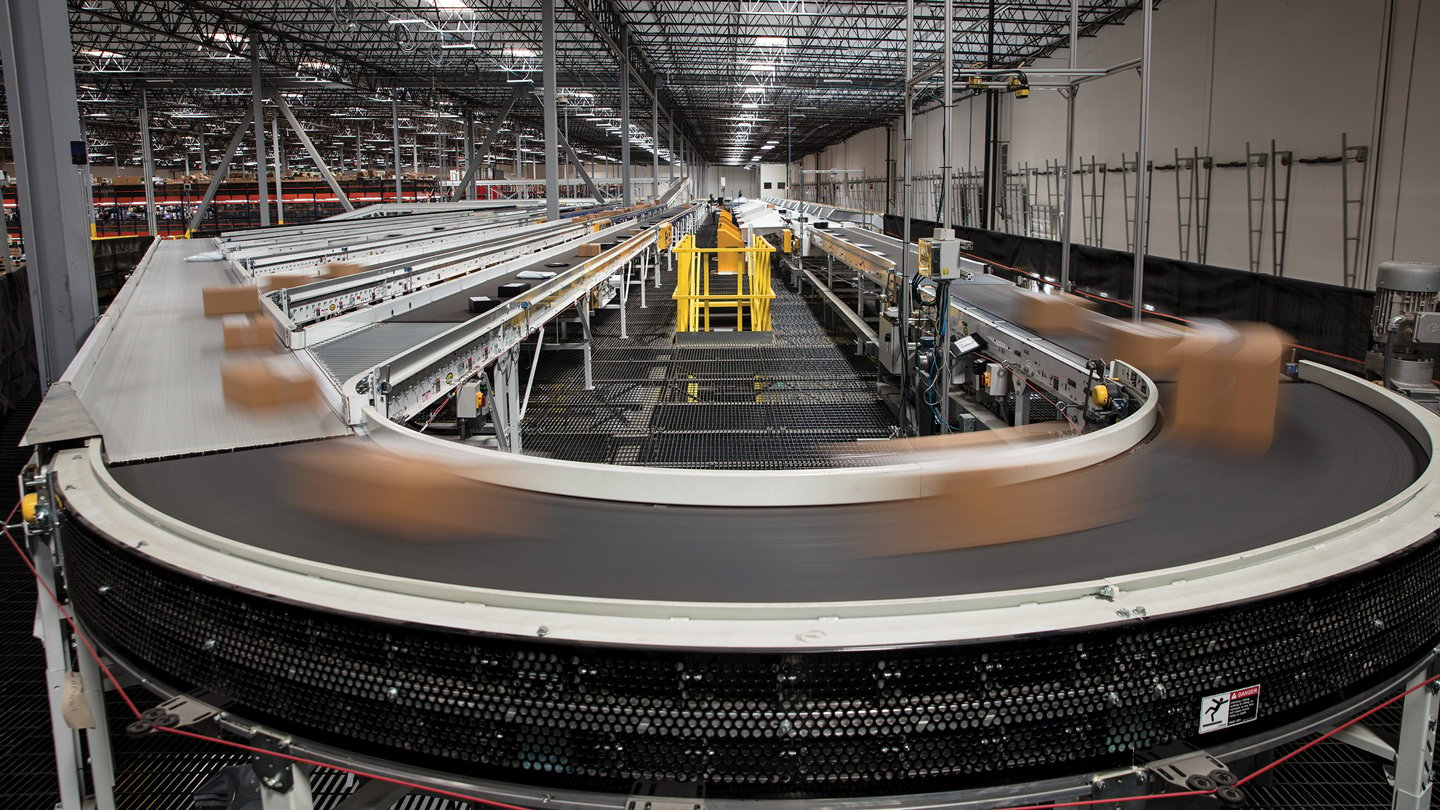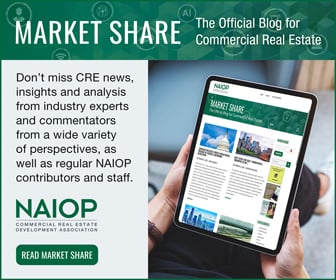
Developing Reverse Logistics Supply Chains From the Ground Up
Report identifies best practices in reverse logistics facility location and design.
Consumers are returning an ever-increasing volume of goods, a trend that has grown alongside e-commerce and the prevalence of free return policies. Although retailers have made it easier to return unwanted items, few companies have developed the capacity to effectively extract value from those returns. Most continue to treat returns as an expense of doing business, in part because reverse logistics — managing the flow of products and materials backward in the supply chain — requires different capabilities and infrastructure than “forward” (traditional) logistics. So, a large share of returned items is currently sold off in bulk or ends up in landfills.
However, as the cost of handling returns increases and more companies make commitments to environmental sustainability, a growing number of retailers and manufacturers are developing reverse logistics strategies to maximize the value of returned goods while minimizing related costs. As investment in reverse logistics grows, so will demand for spaces that can effectively process returned goods.
The NAIOP Research Foundation’s September 2024 report, “Reverse Logistics Strategies for the Post-pandemic Supply Chain,” explores best practices in reverse logistics supply chain design, including facility location and building design. The report’s author, Chad Autry, Ph.D., interviewed professionals with extensive experience in reverse logistics to examine challenges and opportunities associated with implementing a strategy. The resulting findings can help developers work with supply chain managers to locate, design and build facilities that support reverse logistics operations without interfering with a company’s forward logistics.
As with traditional logistics, locational requirements for reverse logistics vary among occupiers. Some firms opt to outsource reverse logistics to a third party, while others develop their own capabilities. Firms that provide reverse logistics services to other companies benefit from being centrally located relative to their clients, while those that insource these capabilities should seek sites near consumers to shorten the time that returned items spend in transit. Both types of occupiers need access to transportation networks and waste management infrastructure such as wastewater treatment plants and recycling centers.
Reverse logistics facilities require dedicated spaces to evaluate, repair or refurbish, recycle and dispose of returned goods. Some industries may require that facilities have additional capabilities such as temperature controls or secured storage for high-value items. The space and equipment requirements for these processes vary by industry and by the volume of returns a facility must handle. Developers can adapt existing warehouses or speculative projects for some reverse logistics occupiers, but others will require build-to-suit construction. Similarly, some reverse logistics operations can be embedded in a larger facility that also handles traditional logistics, while others are better situated in a dedicated reverse logistics facility. The report provides guidance on typical building requirements for different industries.
Most reverse logistics occupiers are interested in environmental sustainability but need to balance sustainability objectives with controlling operational costs. Developers can help firms identify sustainable design features that are in line with their budgets and may also be able to coordinate with occupiers, nonprofits, and federal, state and local governments to obtain incentives to help defray costs associated with eco-friendly facilities.
Supply chain managers are increasingly aware of the limited capacity of supply chains designed to deliver products to consumers to simultaneously handle goods moving in the opposite direction. Developers and other commercial real estate practitioners will play an important role in helping firms design supply chain networks that can extract value from returned goods and lower their environmental footprint in the process.
Shawn Moura, Ph.D., is senior research director at NAIOP.
|
Visit naiop.org/research-and-publications to read “Reverse Logistics Strategies for the Post-pandemic Supply Chain.” |




